In today’s fast-paced world, mastering the art of multitasking is more essential than ever. Juggling various tasks efficiently can boost productivity, reduce stress, and help achieve personal and professional goals. Whether you’re balancing work projects, household chores, or personal commitments, these tips will guide you toward becoming a multitasking pro. From prioritizing tasks to leveraging technology, we’ll explore practical strategies to help you manage your time and efforts effectively.
Prioritize Tasks
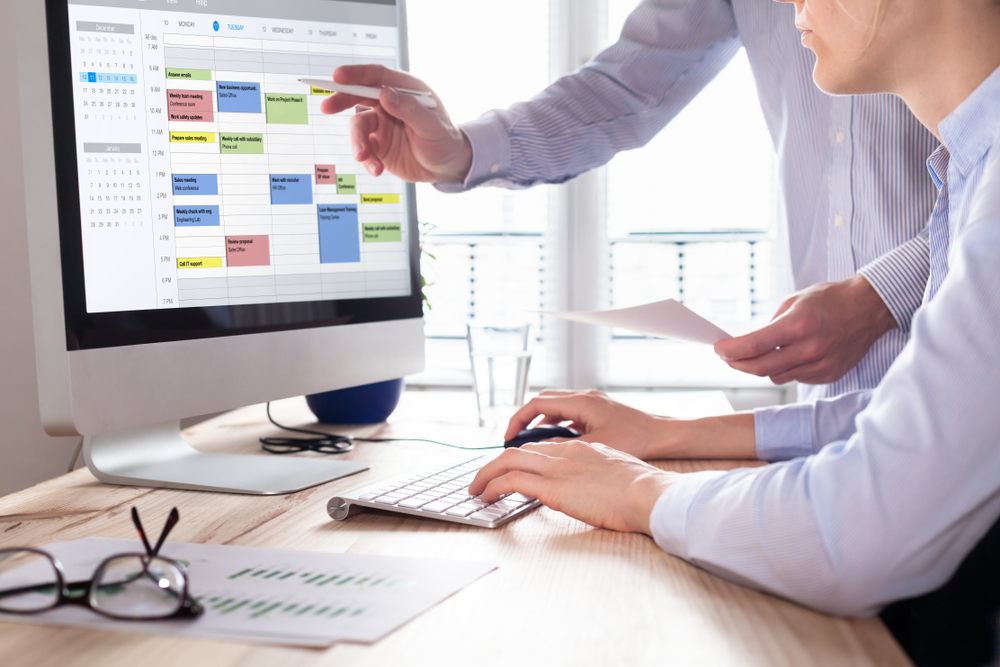
Prioritizing tasks is crucial for effective multitasking. Identify which tasks are most important and tackle them first. This approach ensures that high-priority items are completed on time, reducing stress and preventing last-minute rushes. Use tools like to-do lists or apps like Trello or Todoist to keep track of your priorities.
Set Clear Goals

Setting clear goals provides direction and purpose, making it easier to stay focused. Break down larger tasks into smaller, manageable steps, and set deadlines for each. This method not only keeps you organized but also gives a sense of accomplishment as you check off each task.
Create a To-Do List

A to-do list is a simple yet powerful tool for multitasking. Write down everything you need to do and organize it by priority. This helps you keep track of tasks, avoid forgetting important activities, and stay focused on what needs to be done next. Apps like Wunderlist or Microsoft To Do can help digitize this process.
Use a Planner
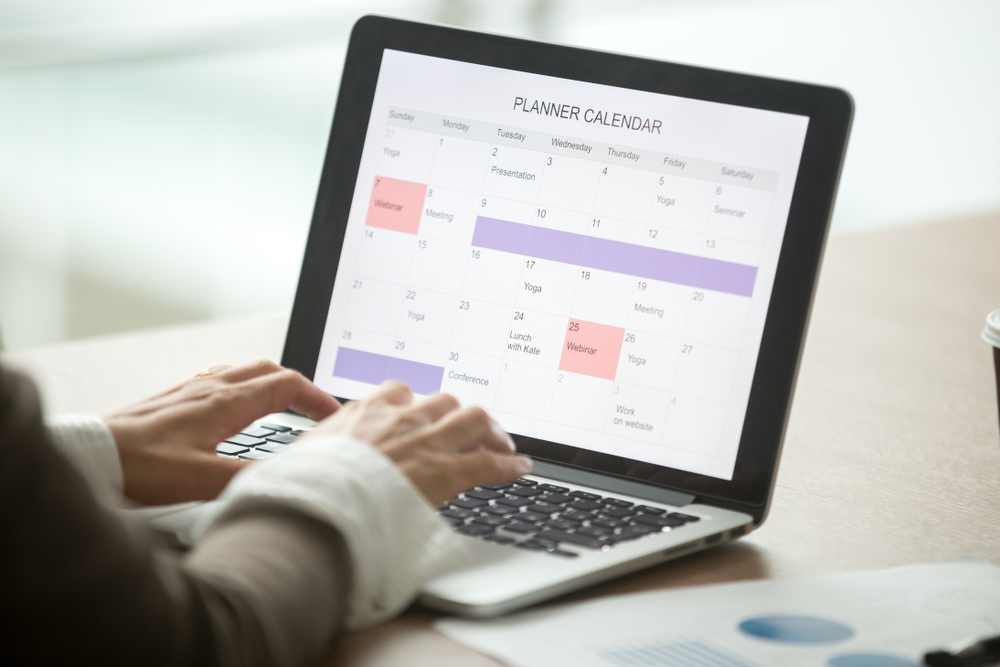
A planner helps you visualize your day, week, or month ahead. It allows you to allocate specific time slots for different tasks, ensuring that you dedicate sufficient time to each activity. Digital planners like Google Calendar or physical planners like bullet journals can be very effective.
Batch Similar Tasks Together
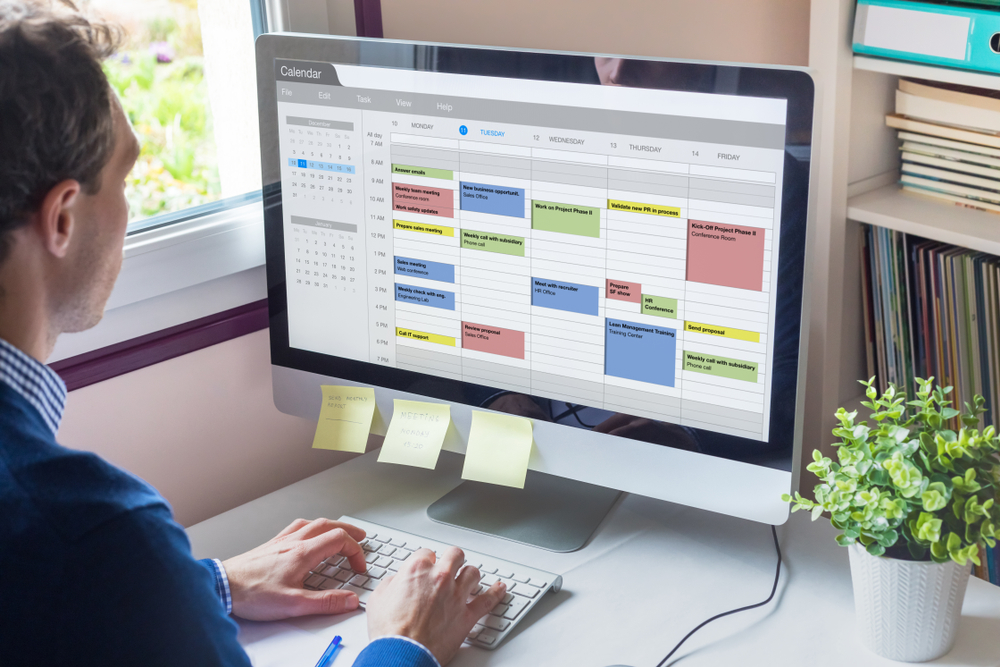
Grouping similar tasks can save time and reduce the mental effort needed to switch between different types of work. For example, dedicate a specific time for answering emails, another for phone calls, and another for creative work. This technique helps maintain focus and improves efficiency.
Avoid Multitasking Complex Tasks

Multitasking is not always effective for complex tasks that require deep concentration. Instead, focus on one complex task at a time to ensure high-quality work. Multitasking simpler, routine tasks, such as responding to emails while listening to a podcast, can be more effective.
Eliminate Distractions

Distractions can significantly hinder your ability to multitask effectively. Create a work environment that minimizes interruptions, such as turning off notifications, setting boundaries with others, and using noise-canceling headphones. This helps you stay focused and productive.
Use Technology Wisely

Leverage technology to streamline your tasks. Productivity apps, automation tools, and smart devices can help you manage your workload efficiently. For example, use project management software like Asana or automation tools like Zapier to automate repetitive tasks.
Delegate Tasks

Delegating tasks to others can free up your time for more critical activities. Identify tasks that can be handled by others and assign them accordingly. This not only helps you focus on high-priority tasks but also empowers others to contribute and develop their skills.
Take Regular Breaks

Taking regular breaks is essential to avoid burnout and maintain productivity. Use techniques like the Pomodoro Technique, where you work for 25 minutes and then take a 5-minute break. Breaks help refresh your mind and improve overall efficiency.
Stay Organized
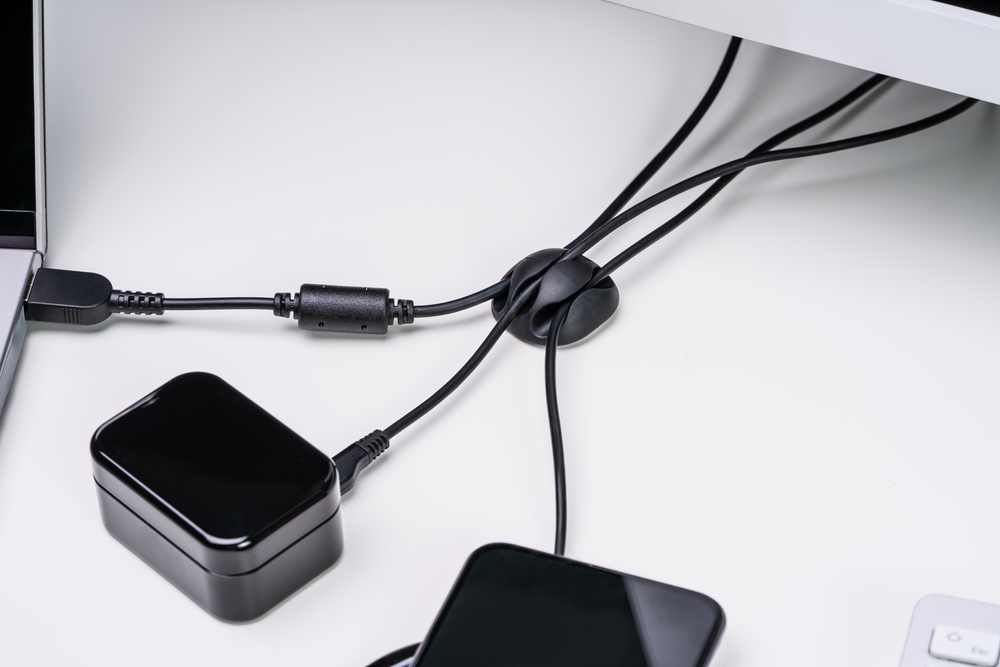
Keeping your workspace and digital files organized can save time and reduce stress. Use organizational tools like file folders, labels, and cloud storage solutions to keep everything in order. An organized environment helps you find what you need quickly and focus on your tasks.
Practice Mindfulness

Mindfulness can enhance your ability to multitask by helping you stay present and focused on the task at hand. Techniques like meditation, deep breathing exercises, and mindful pauses can improve your concentration and reduce stress.
Set Realistic Expectations

Setting realistic expectations for yourself and others is crucial for effective multitasking. Understand your limits and avoid overcommitting. This helps prevent burnout and ensures that you can deliver high-quality work within a reasonable timeframe.
Use the Two-Minute Rule
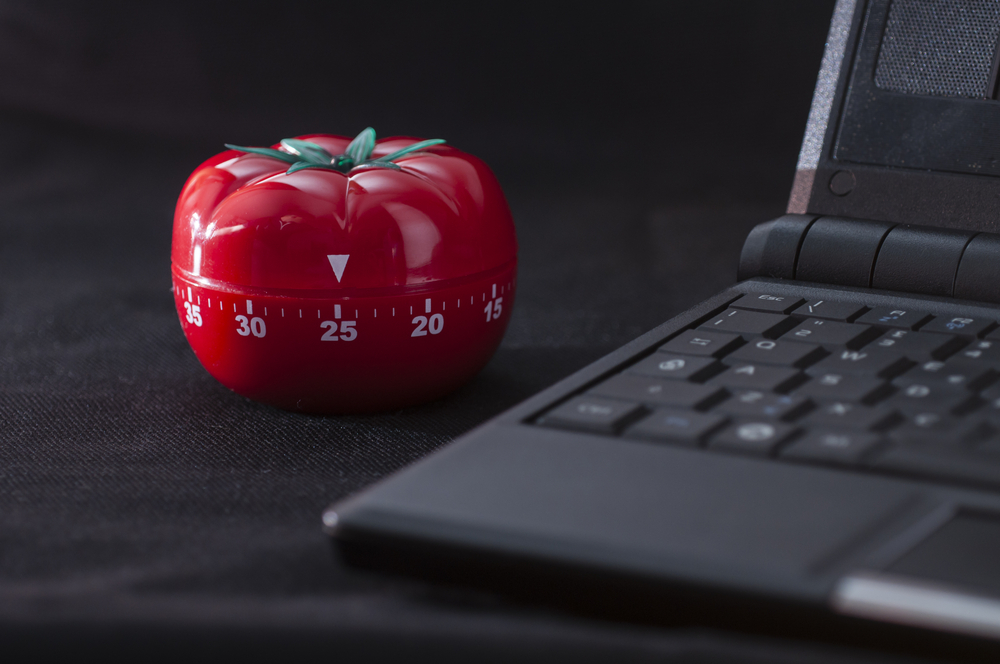
The Two-Minute Rule, popularized by productivity expert David Allen, suggests that if a task can be done in two minutes or less, do it immediately. This helps you quickly tackle small tasks and prevents them from piling up, allowing you to focus on more significant tasks.
Leverage Downtime

Utilize downtime effectively by engaging in productive activities. For example, listen to educational podcasts or audiobooks during your commute or workout. This helps you make the most of your time and stay productive even when you’re not actively working.
Practice Effective Communication

Clear and concise communication is essential for efficient multitasking. Ensure that you communicate your needs, expectations, and deadlines to others clearly. This reduces misunderstandings and ensures that everyone is on the same page, allowing for smoother task management.
Limit the Number of Tasks

Trying to juggle too many tasks at once can lead to decreased productivity and increased stress. Limit the number of tasks you focus on at any given time to ensure that you can give each task the attention it deserves.
Use Visual Aids

Visual aids like charts, graphs, and mind maps can help you organize your thoughts and tasks more effectively. Tools like MindMeister or Miro can be used to create visual representations of your tasks and plans, making it easier to track progress and stay focused.
Stay Flexible

Flexibility is key to effective multitasking. Be prepared to adjust your plans and priorities as needed. This helps you adapt to unexpected changes and stay productive, even when things don’t go as planned.
Focus on One Task at a Time

While multitasking involves handling multiple tasks, it’s often more effective to focus on one task at a time. This approach, known as single-tasking, allows you to give your full attention to each task, improving the quality and efficiency of your work.
Maintain a Healthy Work-Life Balance

Balancing work and personal life is crucial for overall well-being and productivity. Set boundaries to ensure that work doesn’t interfere with personal time, and vice versa. A healthy work-life balance helps you stay motivated and prevents burnout.
Reflect and Adjust

Regularly reflect on your multitasking strategies and make adjustments as needed. Identify what works well and what doesn’t, and continuously improve your approach. This helps you stay effective and adaptable in your multitasking efforts.
This article originally appeared on UnifyCosmos.
More from UnifyCosmos
22 Fascinating Historical Facts About Chocolate

From its ancient origins as a bitter beverage to its transformation into the sweet treat we know today, the journey of chocolate is filled with surprising facts and stories that unveil its cultural significance and global impact. Read more!
23 Common Misunderstandings About Healthy Sleep Habits

In this article, we will debunk some of the most common misunderstandings about sleep, helping you achieve more restful and rejuvenating nights. Read more!
20 Essential Tools Baristas Use for the Perfect Coffee Brew

Let’s delve into the world of coffee making tools that baristas rely on to achieve that rich, aromatic cup we all love. Read more!
Leave a Reply